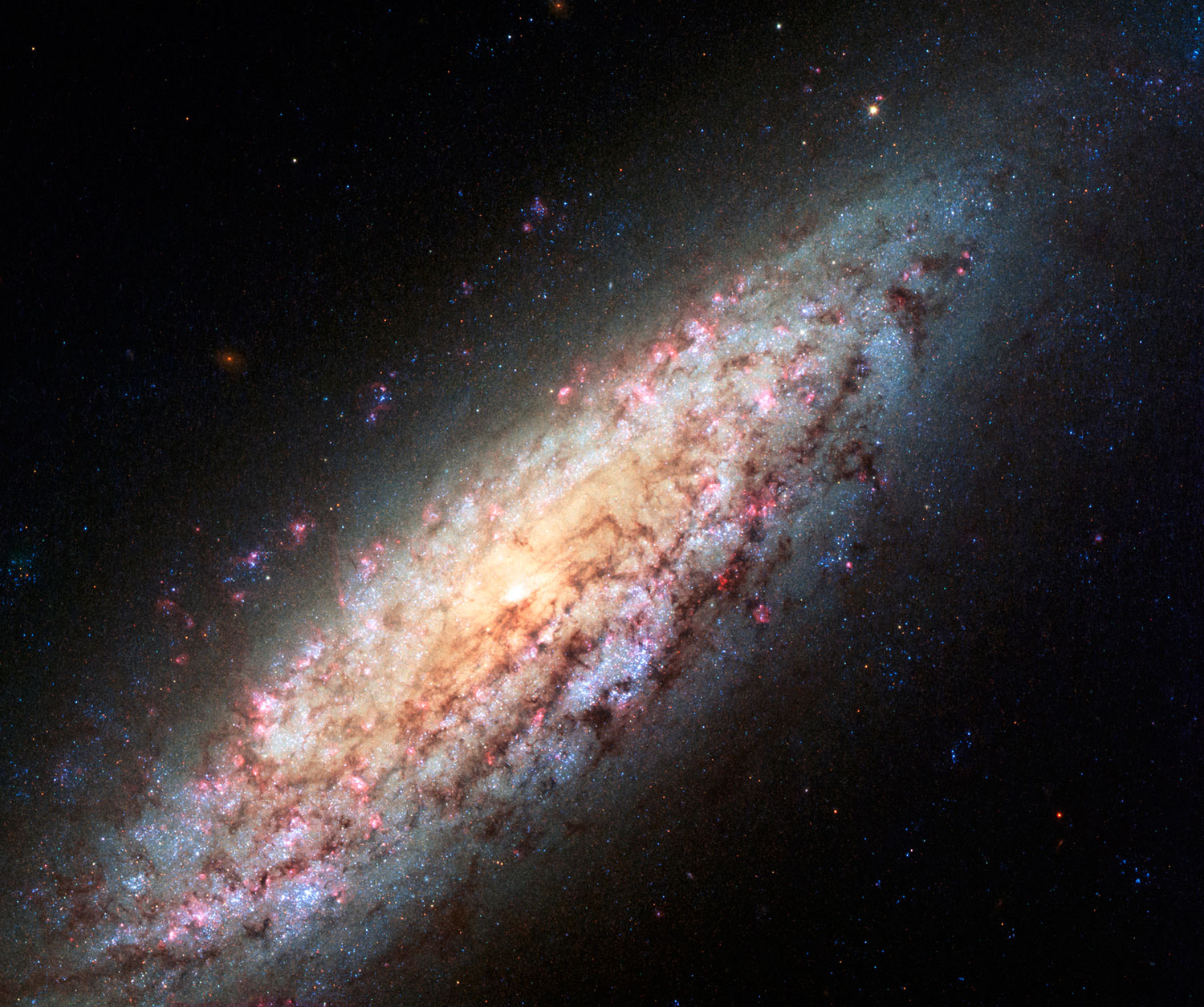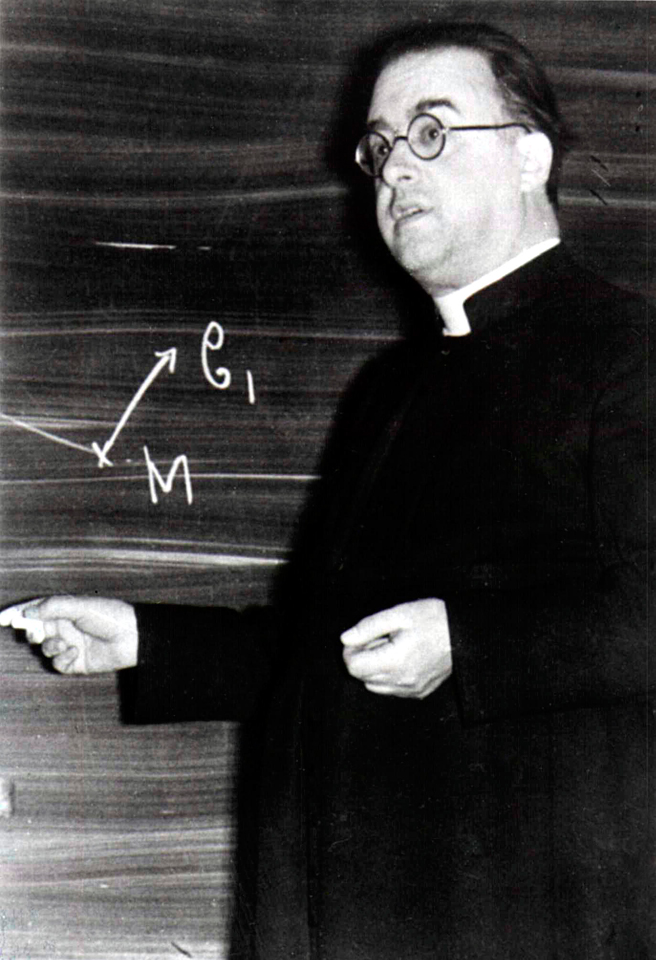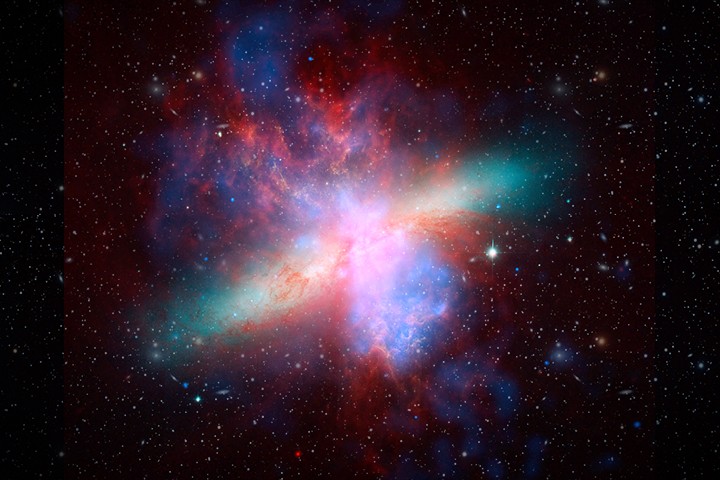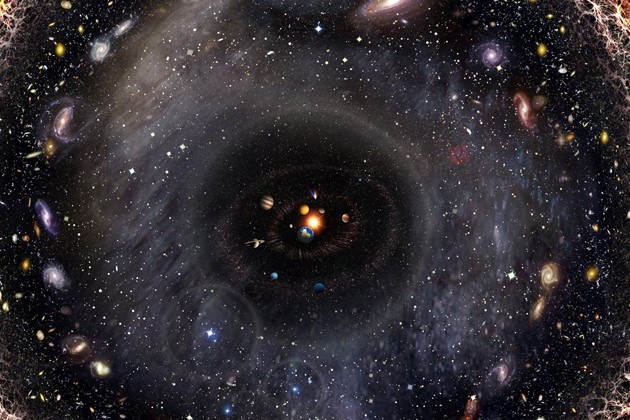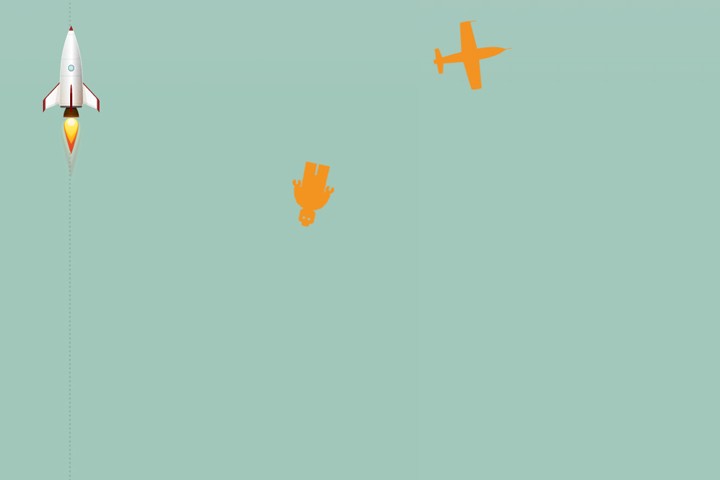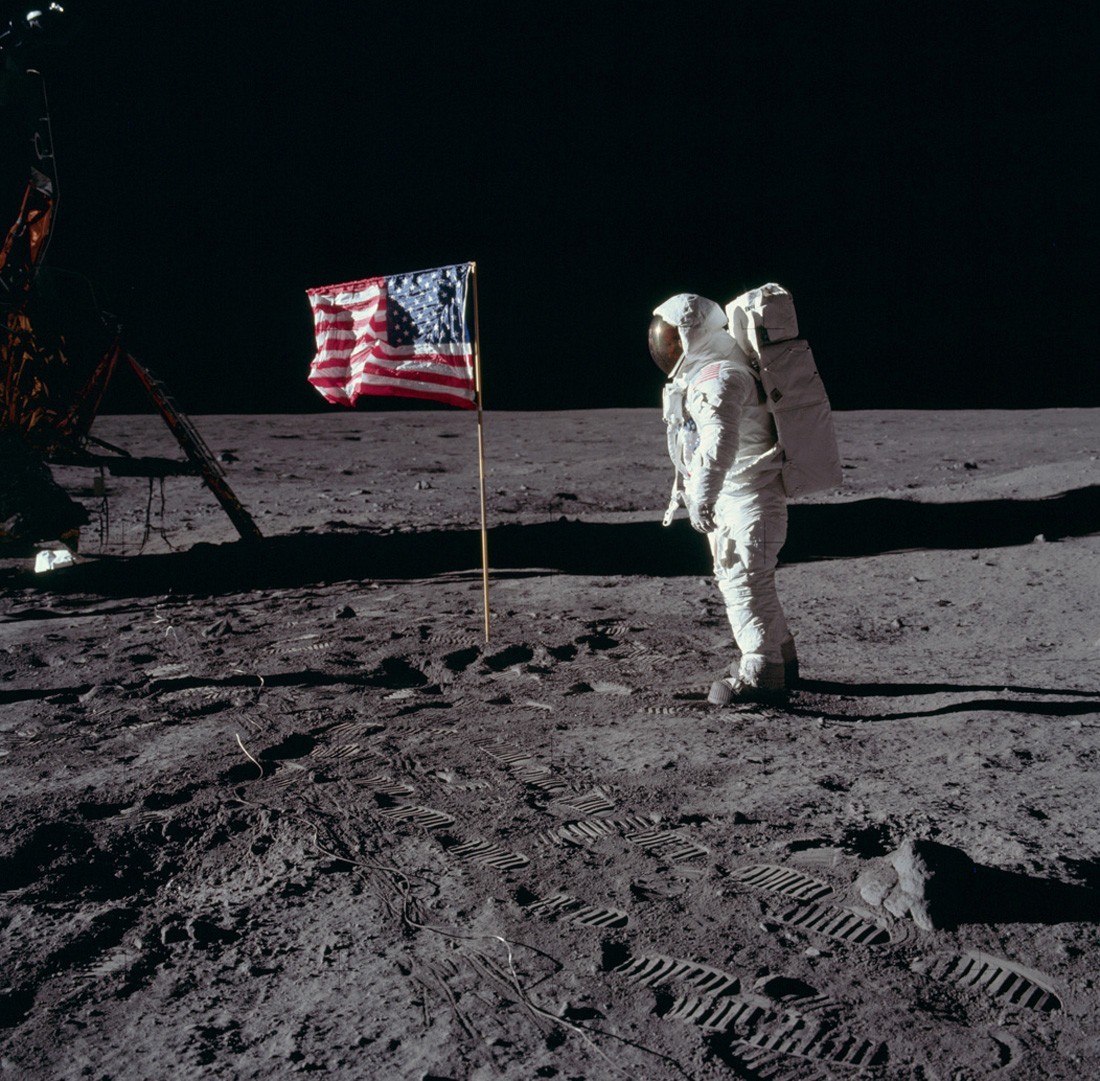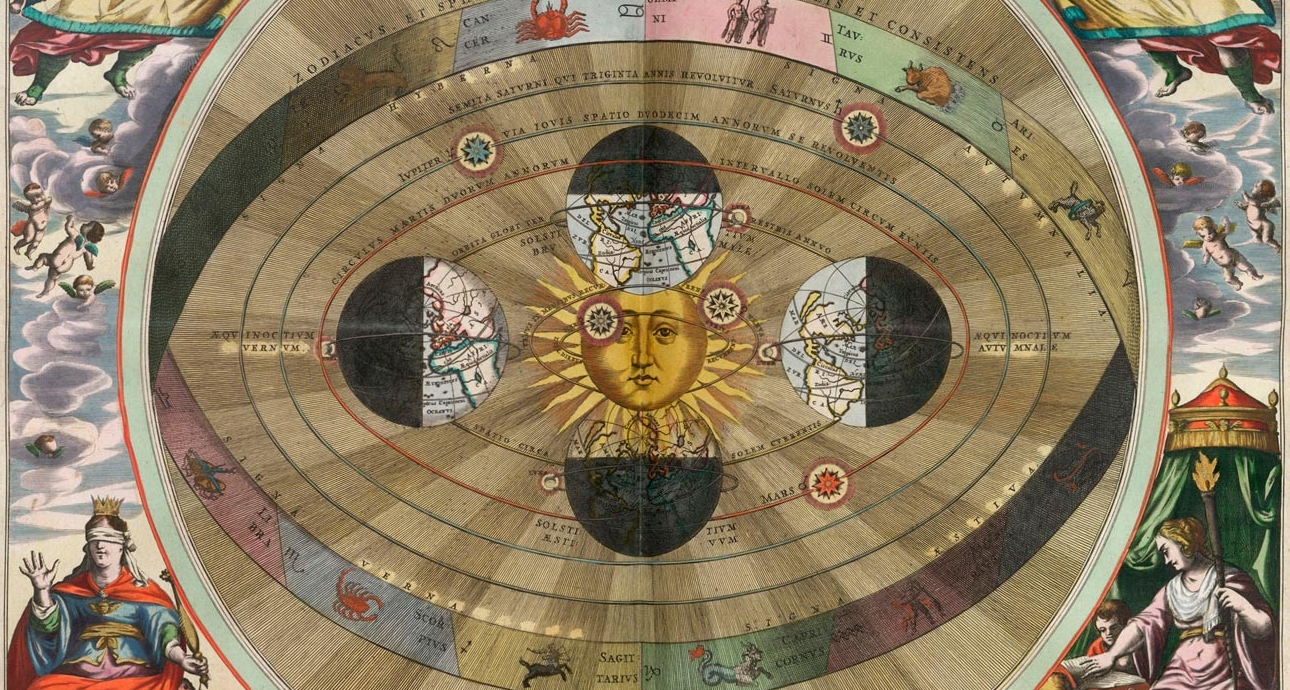
A Crash Course of the Universe: 10 Steps to Understanding the Nature of the World
In the beginning, it was easy: The Universe of prehistoric man consisted of a flat Earth and spirits, whose existence explained the phenomena that men could not explain. As people gathered more knowledge, the number of spirits grew smaller and smaller. A turning point came when people realized they could distinguish between mystics and facts with the help of math. This is where the history of science begins.
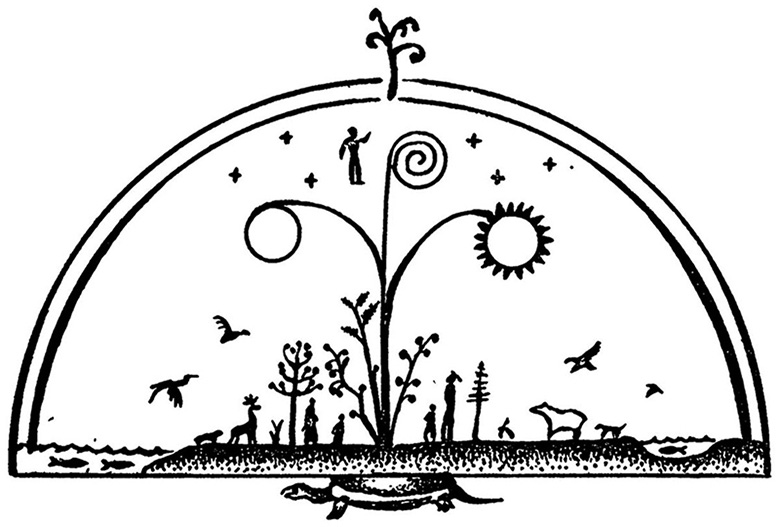
Antique Trends
We don’t see numbers, we don’t stumble upon them, but the Universe consists of math. If you throw an object, its trajectory will be described with a parabola equation, and the orbits of all planets have an elliptical shape.
The first to describe the world with the language of math were Ancient Greek philosophers in the 6th century BC. Pifagor and Aristotle contributed to geocentrism — a theory of the cosmos, where the Sun, the Moon, and the other planets were orbiting around the round and unmoving Earth.
It was genius of them to discover that the Earth was round — but about everything else they were mistaken.
Heliocentrism — only three letters difference in the name of the theories made a huge difference and a great revolution in science. In the 3rd century BC, Aristarchus of Samos drew a model, where the Earth was orbiting around the Sun and revolved around its own axis. However, the intellectual elites did not support the idea. The fans of mathematical harmony thought that the crown of creation has to be at the center of the Universe. They explained the irregularity in the movement of celestial bodies with the help of a mathematical crutch, the epicycle.
The epicycle is an astronomical model, where the planet moves along a small circle, while the center of this circle moves along a big circle.
European science had used that theory for the following 1,500 years, until Polish astronomer Nicolaus Copernicus revived the idea of Aristarchus about a heliocentric world. The works of Copernicus laid the foundation for the first scientific revolution.
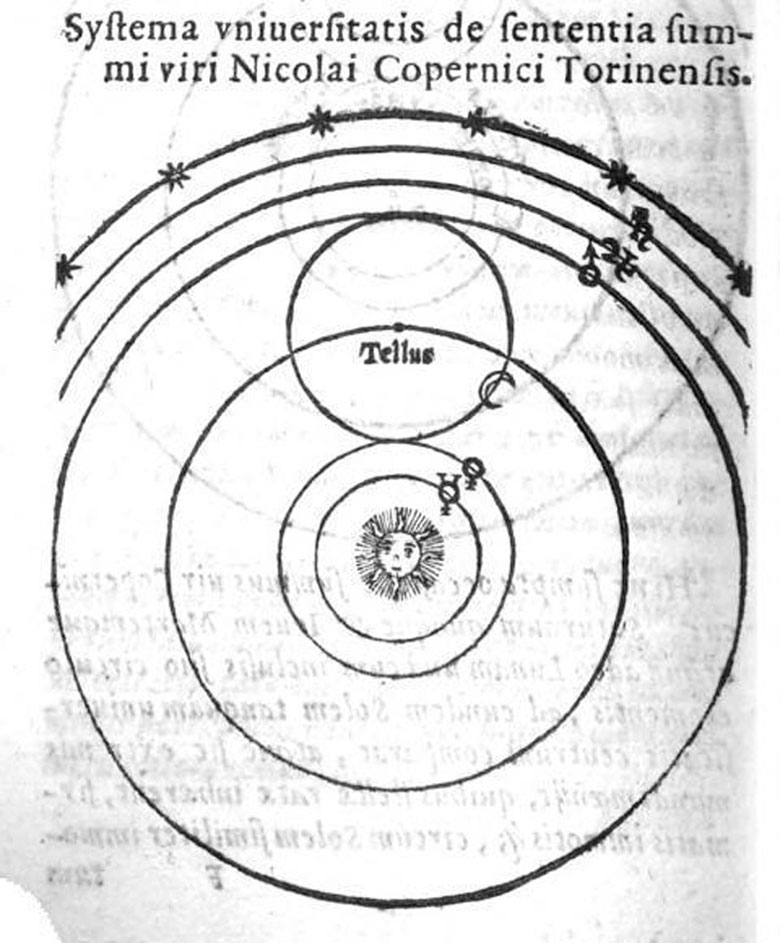
Scientific Revolution
Religious communities were holding on to the idea of geocentrism which matched the idea of being chosen by God very well. The acceptance of Copernicus’ theory was long and painful. However, the atmosphere of Renaissance, the birth of humanism and the invention of the printing press all contributed to the scientific leap. At the same time with Copernicus, Andreas Vesalius published an important work — the first anatomy textbook, where he disassembled the ‘vessel of God’ gut by gut, and got away with it.
The printing of books became the medieval Internet, and the views of the outside world started evolving with increasing speed.
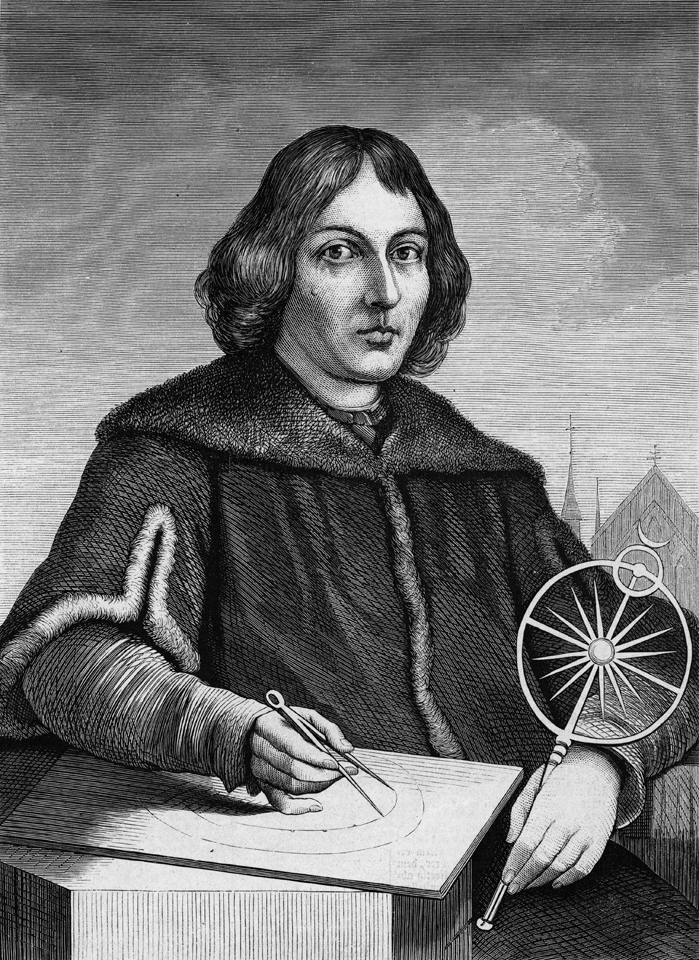

Kepler Laws
Johannes Kepler put an end to the argument about what revolves around what in the late 16th century. He worked as an assistant to Tycho Brahe, an astronomer whose father was an oligarch and owned close to 25% of Denmark. Having almost unlimited financial resources at his disposal, Brahe dedicated his life to creating the exact tables of planetary movement. After his sudden death (according to one version, Brahe was poisoned), Kepler received the tables. The following 10 years were the most productive in his life.
With the help of data collected by Brahe, Kepler proved that planets move around the Sun by elliptical trajectory, and their speed increases as they approach the star. This was a success. Kepler was euphoric and spent the rest of his life looking for divine harmony in planetary orbits.
Why do the planets start moving faster as they approach the star? The answer to this question will be given by Isaac Newton after two generations.
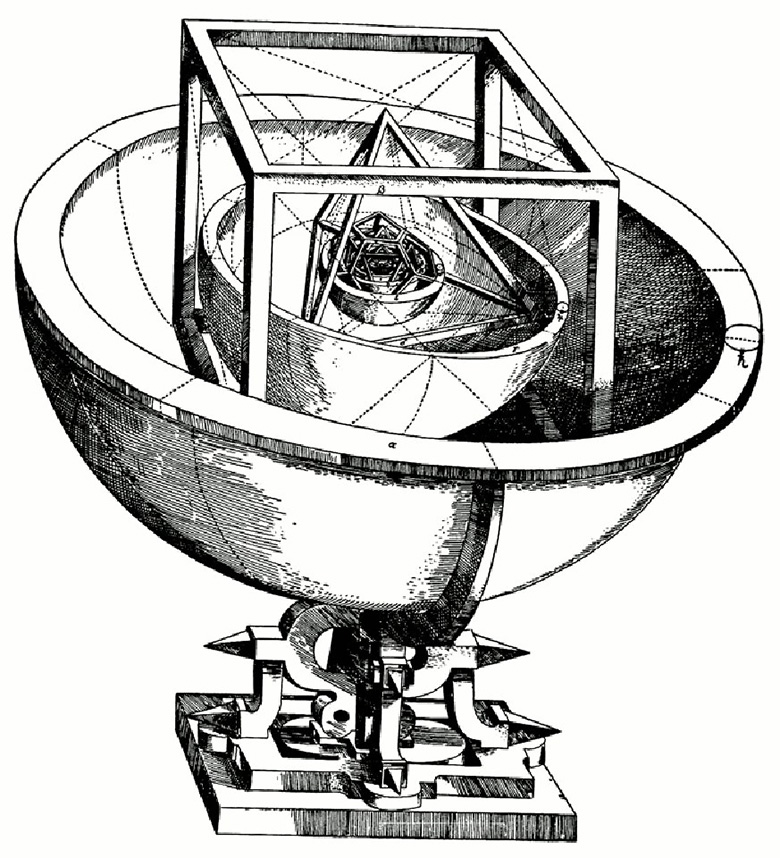
The Math of Movement
Most likely, no apple fell on Newton’s head, but this legend conveys the essence of his discoveries very well. Newton invented differential equations that universally describe the behavior of matter. His law of universal gravitation is one example of such equations. The sensational part was that such different things as an apple and the Moon submit to the same law. If we insert the mass of an apple in the equation and specify the way we threw it, we will find out where it landed. And if we insert the mass and the position of the Moon, we will find out the exact time of all eclipses in the future and in the past.
Newton was concerned with the issues relevant in the 17th century. At that time, as artillery developed, there was a public demand for knowledge about precise aiming. Few were interested in the stars at the time, and the optical instruments were too primitive to study them. It changed in the late 18th century as the telescopes of a new generation came into being.
The Music of Light
Musician William Herschel dreamt of being an astronomer. He had no money for a telescope, so he decided to assemble one himself. To increase photosensitivity, he used a metallic mirror instead of a lens. He built a furnace in the basement of his house and experimented with alloys. Caroline Herschel was his ever present assistant: she sang at his concerts and helped him polish the mirrors. They assembled great telescopes and made a decent business selling them.
William Herschel made history as the discoverer of Uranus, and his sister Caroline became the first woman to discover a comet. The fame of the Herschel brother and sister reached the king, and George III financed the construction of an (for that time) enormous telescope with a 1-meter reflector. William used it for his ambitious project — creating a map of all stars. In 1785, he presented his version of the Universe. Herschel showed that the Earth is located inside a huge disk made of stars. This was the first depiction of the Milky Way Galaxy.
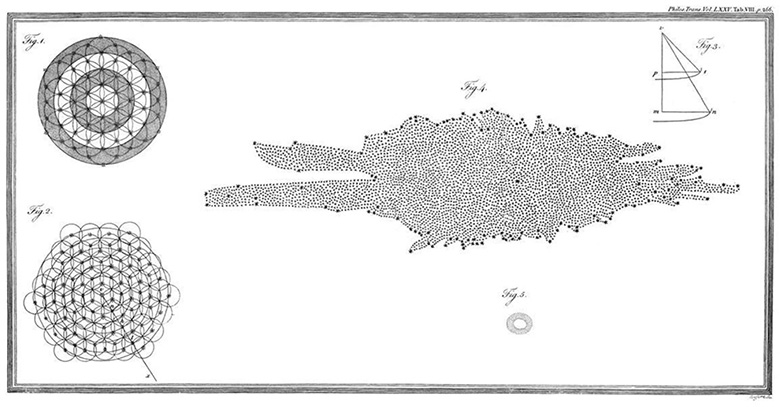
Star Islands
As early as in Herschel’s times, astronomers discovered cloud-like objects in the sky — nebulae. A radical assumption was made: perhaps, some of the nebula are galaxies, the same as our Milky Way. However, at the time there was no means to measure distances in space and test this hypothesis. Nebulae remained a mystery until the early 20th century.
‘Computers’ was a name for women who performed routine calculation and entered start into magnitude catalogues.
Since 1902, Henrietta Leavitt worked as a computer in Harvard College Observatory. One hundred years ago women were not allowed to use the observatory’s telescope, but it did not prevent Leavitt from making a revolutionary discovery. Her research of cepheids, variable stars, became the basis for learning to determine the distance to faraway space objects.
Her method was used by Edwin Hubble, who in 1925 proved that Andromeda was not a nebula inside the Milky Way, but a different galaxy. It turns out that there were many, many galaxies. By modern estimates, there is about 100 billion of them out there.
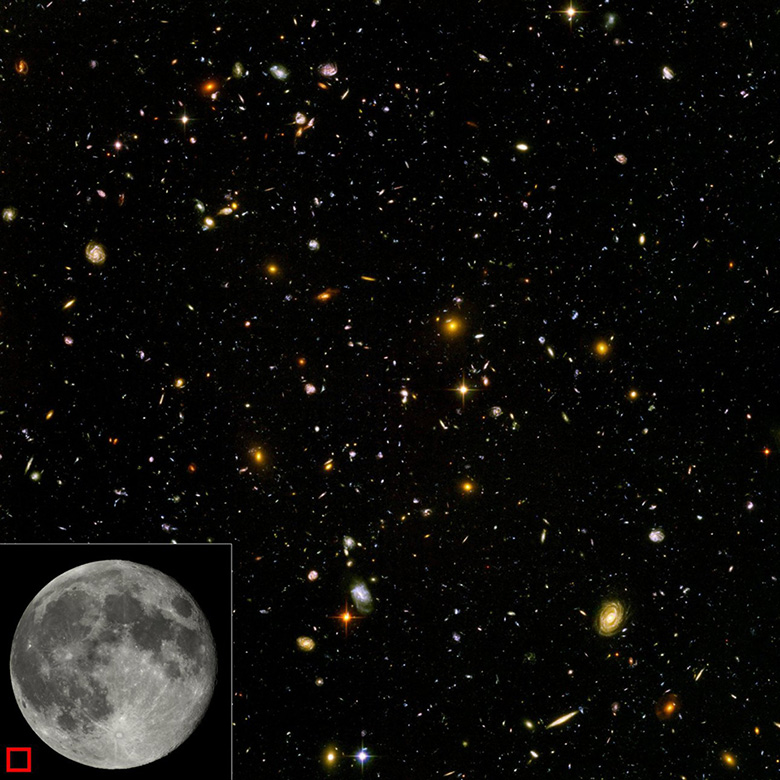
Gravitation Sucks
The second scientific revolution happened in 1916 when Albert Einstein completed his work on formulating the new theory of gravitation. The accuracy of Newton’s mechanics was confirmed by observation, but there was a problem with defining the essence of gravitation. In order for objects to move each other at a distance, there has to be some kind of physical carrier of interaction, in our case the interaction being gravity.
In Einstein’s relativity theory gravity is the characteristic of space itself. The presence of mass distorts space into a three-dimensional crater, which sucks in the surrounding objects. At the same time, time is a part of space, creating a single spacetime fabric. The more massive is the body, the more it stretches the elastic fabric of spacetime, slowing the flow of time. Imagine Angelina Jolie and Kim Kardashian in the same striped dress. The fabric of the dress is space, and the stripes on it is time.
Kardashian’s minutes will look wider, especially in places with more mass.
The conclusions drawn from Einstein’s calculations changed physics completely. However, there was one thing that didn’t add up. The theory predicted the expansion of the Universe, but no astronomical data confirmed it. Einstein was very upset, but later his theoretical calculations were confirmed by Edwin Hubble’s practical observations.
In the Beginning Was the Dot
Hubble discovered that galaxies were equally moving away from each other. The Universe is growing like yeasted dough: the space is dough and galaxies are raisins in it. This discovery has deep philosophical meaning, as it allows us to assume that the Universe had a beginning. At one point all of it was contained it one dot, which suddenly started to expand explosively. The irony is that the Big Bang Theory — the most inconvenient theory for religions after Charles Darwin — was suggested by a priest, Geogres Lemaitre, with a PhD in Physics from the Massachusetts Institute of Technology. Lemaitre drew the expansion of the Universe from Einstein’s relativity theory long before Hubble observed this phenomenon through a telescope. After Newton it became common that first the scientist writes down a mathematical equation on paper, and then finds this law work in nature.
What Now?
Theoretical physics describes the evolution of the Universe starting from a hundredth of a second from the moment of emergence of matter and spacetime. The Universe emerged 13.8 bln years ago, from a dot of zero size, basically, from nothing. In three minutes after the explosion the first atoms of hydrogen and helium formed. In two hundred million years, the first stars shined from accumulations of gas. Heavier elements synthesized inside the stars, up to iron. At the end of their life cycle the stars explode as supernovas. At this point even heavier atoms form, completing the chemical package that our bodies are made of.
Influenced by gravitation, stars form galaxies. Galaxies gather in clusters — they form threads, which in their turn connect superclusters. The Universe looks like a net, woven from galaxies. We don’t know exactly how far it stretches. It is possible it has no end. Telescopes can’t look beyond 13.8 bln light years, as the light of objects beyond this mark has not reached us yet. However, we can penetrate anything with the power of thought and math.
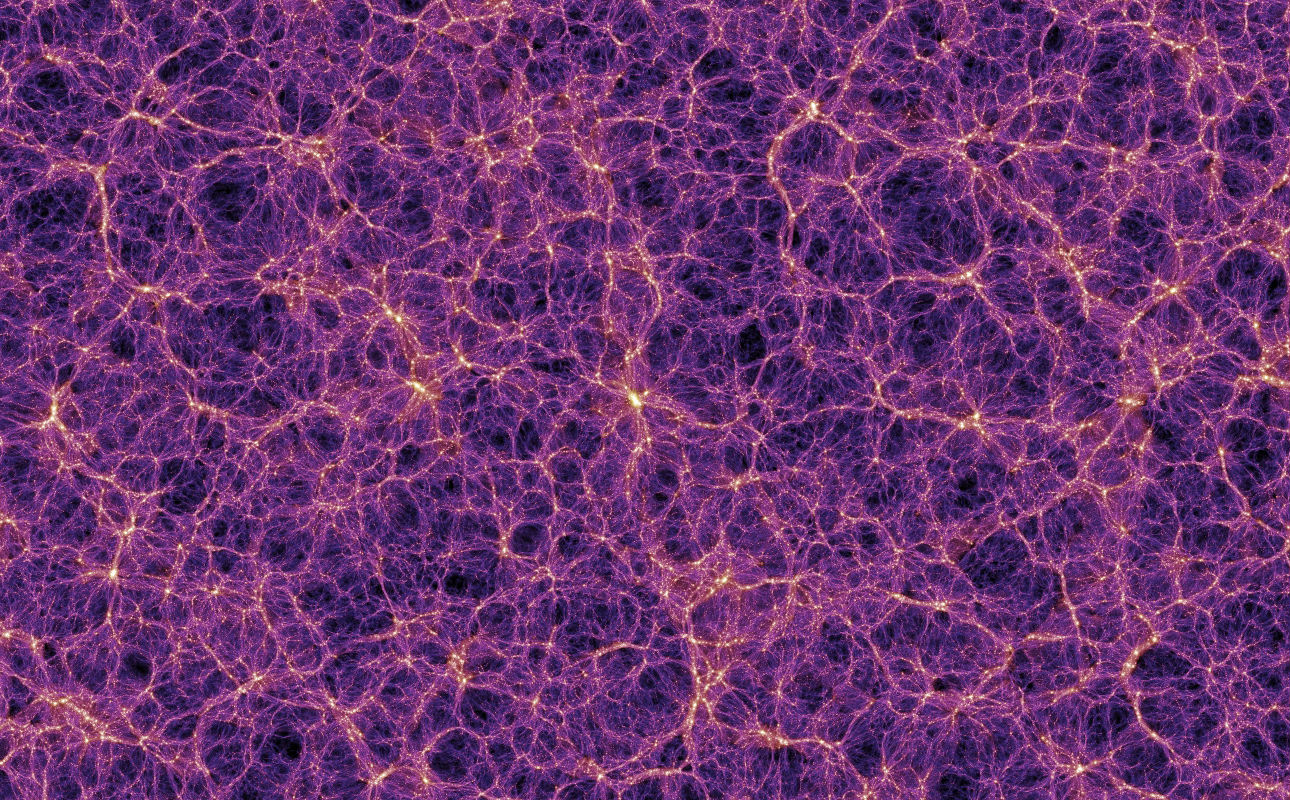
New and best

